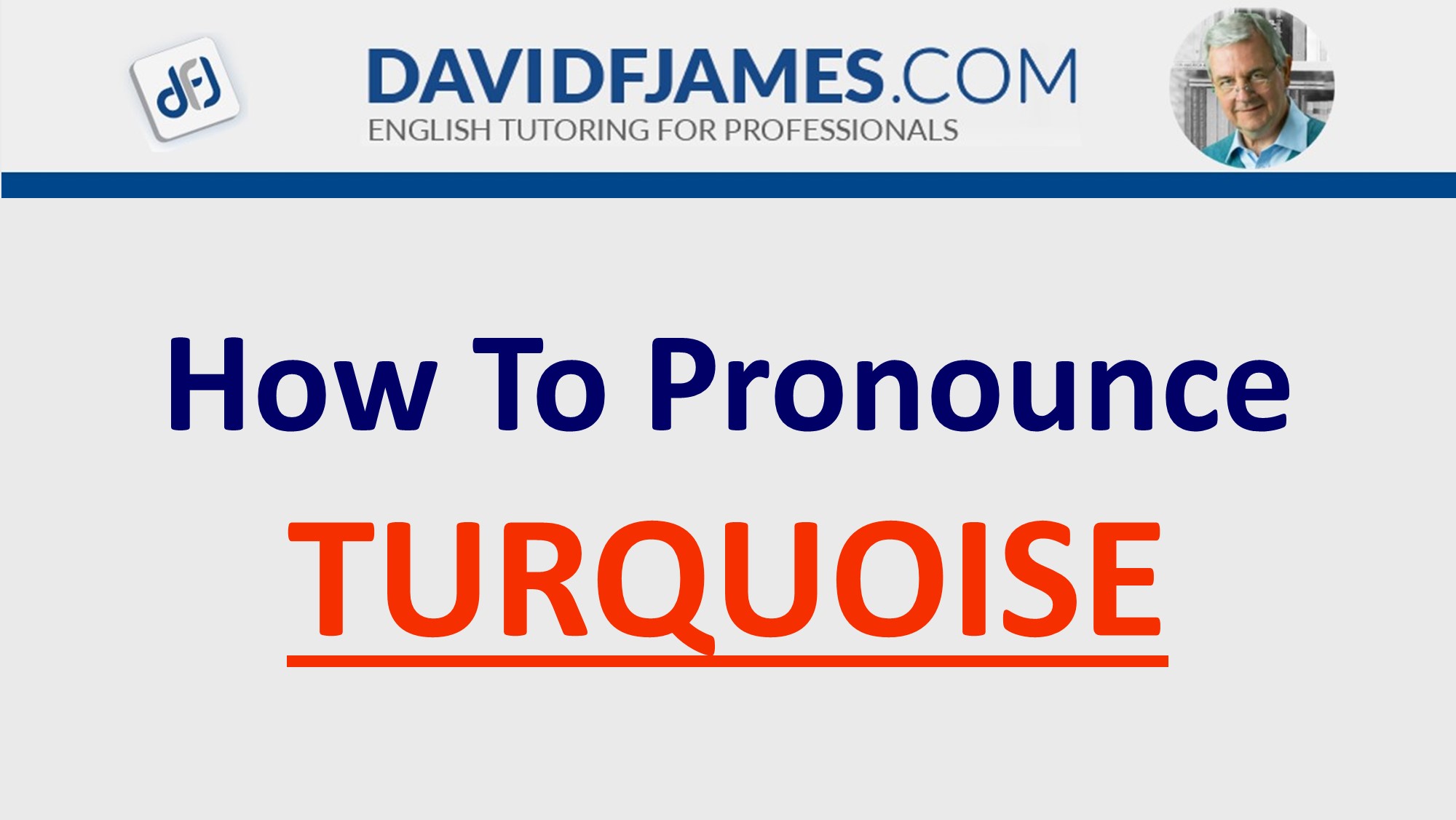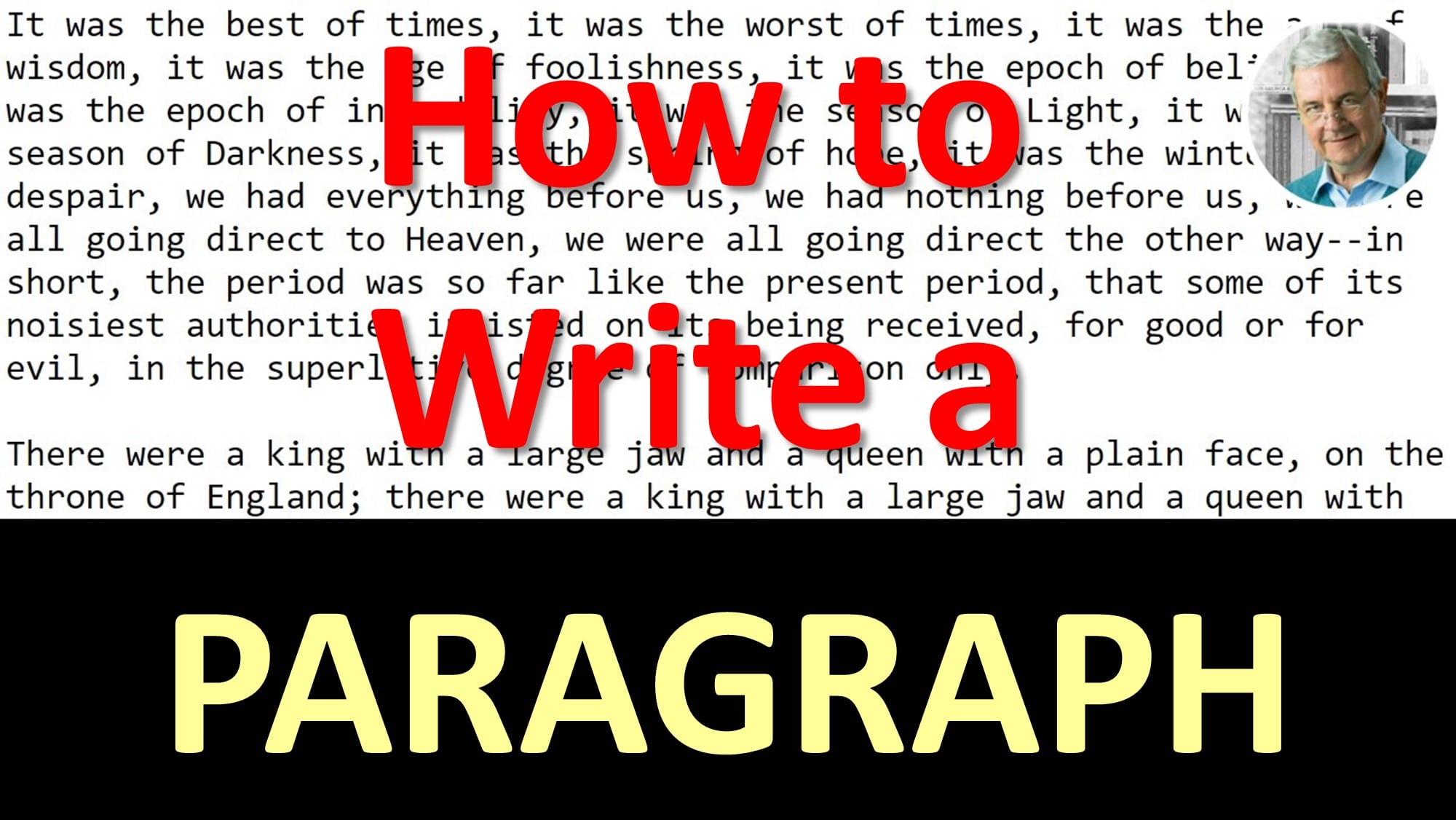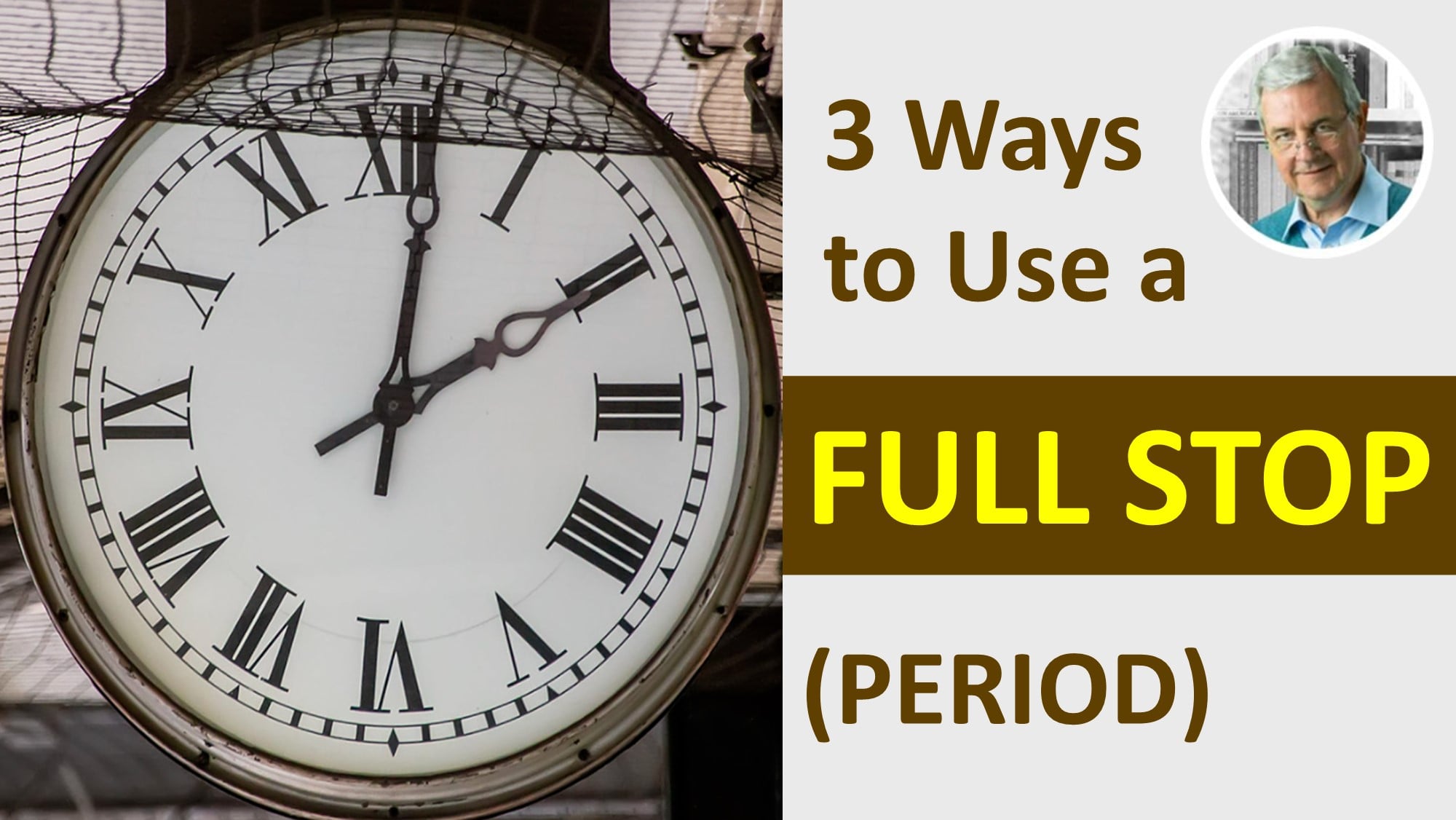When & How to Use a BULLETED LIST
When & How to Use a BULLETED LIST
This video simplifies grammar questions relating to the use of a BULLETED LIST by boiling it down to 2 main USES.
Illustrated examples are provided along with clipart images to make the meaning clear.
Improve your writing and make your written communication professional by learning how to use a FULL STOP or PERIOD correctly.
After seeing the video, look for opportunities today to use a BULLETED LIST in your writing and make it easier to read and understand.
Here is a transcript of the video: When & How to Use a BULLETED LIST
Slide 2:
Continually IMPROVE YOUR ENGLISH
- Click the subscribe button
- the Bell icon
- All
Slide 3:
Use a BULLETED LIST to:
- draw attention to
something - convey information
quickly
Let’s look at an example.
Slide 4:
In the picture we see a graphic relating to goal setting and a bulleted list. It reads:
Goal setting includes the following steps:
- Create intense desire
- Write goals down
- Anticipate and specify problems
- Identify the resources needed
- Create a plan
- Follow the plan with determination
Notes: Use the same form of the word to begin each line, in this case an infinitive verb.
As the lines are not complete sentences, no full-stop is needed.
Introduce the list with a strong, clear sentence or phrase so the reader immediately understands what the list is about.
Let’s look at another example.
Slide 5:
The picture shows a bulleted list from a blog.
You can see that bulleted lists can include full information and complete sentences as in this example.
Notice how each bullet point begins with a subject highlighted in bold, followed by a colon, and then one or two sentences.
This format allows the reader to get the information quickly and makes browsing and scanning easy.
Slide 6:
So in summary, bulleted lists are very effective for blog posts, flyers, and breaking up long sections of text that might lose the interest of the reader.
They capture the attention of the reader and convey information easily and quickly.
Look for an opportunity to use them as soon as possible and improve your writing.
Slide 7:
Has this video helped you? LIKE | SHARE | COMMENT NOW!
Slide 8:
Build A Powerful English Vocabulary with my FREE course on Udemy!
Go to: http://goodenglish.online
If you are interested in how and when to use a BULLETED LIST, be sure to check another post from the Punctuation Guide:
How to Use BOLD, ITALIC, UNDERLINE
Image Credits:
Slide 5 – Stock a pantry
Fair Use
https://www.loveandlemons.com/pantry-recipes/
Regarding the use of illustrations and photographs used in this video:
Fair Use
Section 107 of the Copyright Act provides the statutory framework for determining whether something is a fair use and identifies certain types of uses—such as criticism, comment, news reporting, teaching, scholarship, and research—as examples of activities that may qualify as fair use.
https://copyright.gov/fair-use/more-info.html




